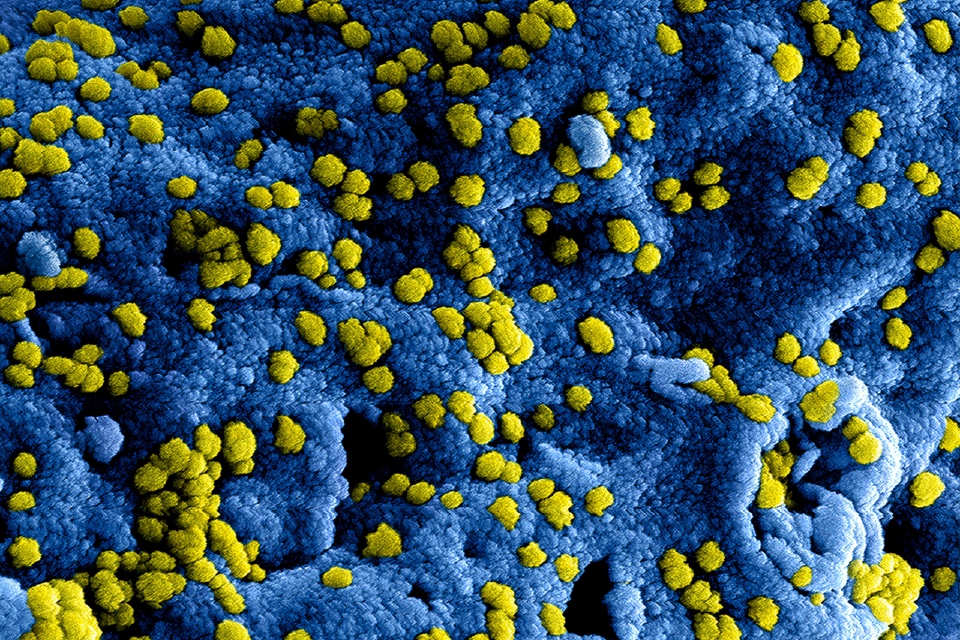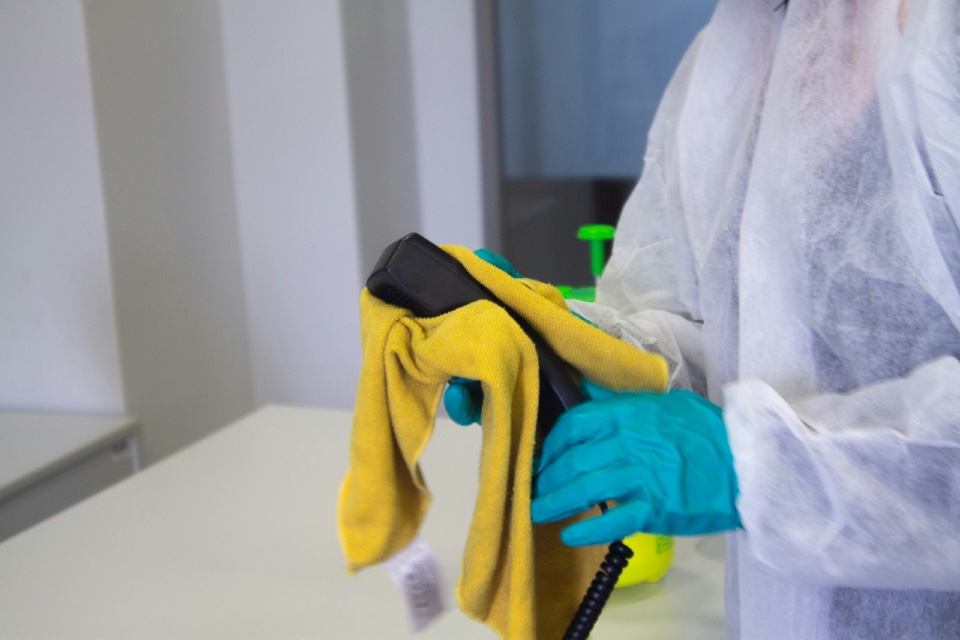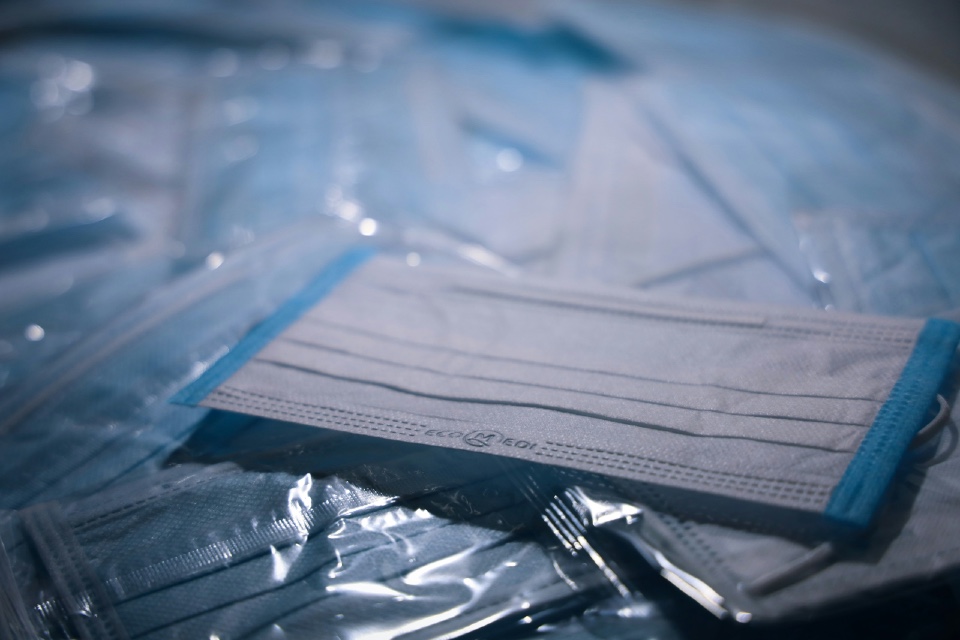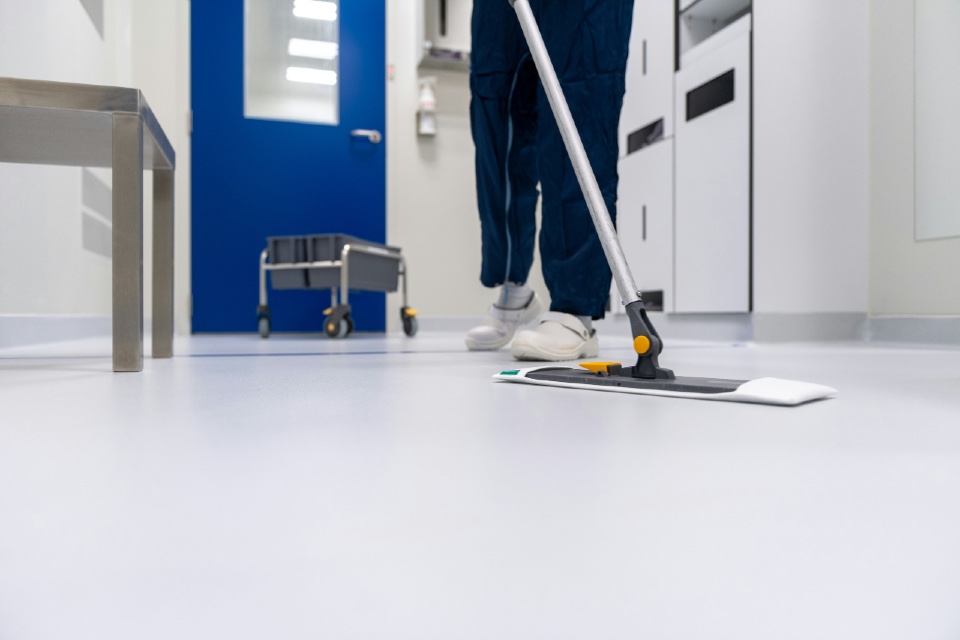In the wake of global health crises like the COVID-19 pandemic, infection control has become a paramount concern for care home managers. Selecting the right infection control solutions is crucial to safeguard the health and well-being of both residents and staff in these settings. Here are some top tips to guide you in making the best choices for your establishments…
- Conduct a Risk Assessment: Begin with a thorough risk assessment of your care home. Identify areas of high risk for infection spread, such as communal spaces, dining areas, and entry points. Understanding the specific risks in your facility will inform your decisions regarding appropriate infection control solutions.
- Stay Updated with Guidelines: Regularly consult and adhere to the latest guidelines from public health authorities like the NHS and Public Health England. These guidelines are continuously updated based on emerging research and can provide valuable direction on best practices.
- Invest in Quality PPE: Ensure a steady supply of quality personal protective equipment (PPE), such as masks, gloves, and aprons. Educate staff on the proper use of PPE and establish protocols for its disposal to minimise cross-contamination risks.
- Prioritise Hand Hygiene: Implement robust hand hygiene practices. This includes installing hand sanitising stations at key points around the home and ensuring regular hand washing with soap and water. Consider touchless dispensers to reduce contact points.
- Enhance Cleaning Protocols: Opt for hospital-grade disinfectants proven to kill viruses and bacteria. Increase the frequency of cleaning, especially in high-touch areas like doorknobs, handrails, and lift buttons. Document cleaning schedules to maintain consistency and thoroughness.
- Leverage Technology for Monitoring: Utilise technology solutions that can monitor and track infection control measures. Digital tools can help in scheduling, reminding, and recording cleaning and disinfection tasks, ensuring no area is overlooked.
- Ensure Good Ventilation: Maintain good air circulation throughout the facility. Use air purifiers and regularly service HVAC systems to ensure they effectively filter out pathogens.
- Train Staff Regularly: Provide ongoing training to staff on infection control measures. Ensure they are up-to-date with the latest protocols and understand the importance of their role in preventing infection spread.
- Engage with Residents and Families: Keep residents and their families informed about the measures being taken to prevent infections. Transparency builds trust and ensures cooperation from everyone involved.
- Prepare for Outbreaks: Have a contingency plan in place for managing outbreaks. This includes isolation protocols, communication strategies, and staffing plans to handle increased care needs without compromising on infection control.
Selecting the best infection control solutions for care homes requires a comprehensive approach that includes risk assessment, adherence to public health guidelines, investment in PPE and hygiene, enhanced cleaning protocols, use of technology, good ventilation, staff training, resident engagement, and outbreak preparedness. With these measures in place, care home managers can create a safer environment for all occupants.
Are you researching Infection Control solutions for your care homes? The Care Forum can help!






